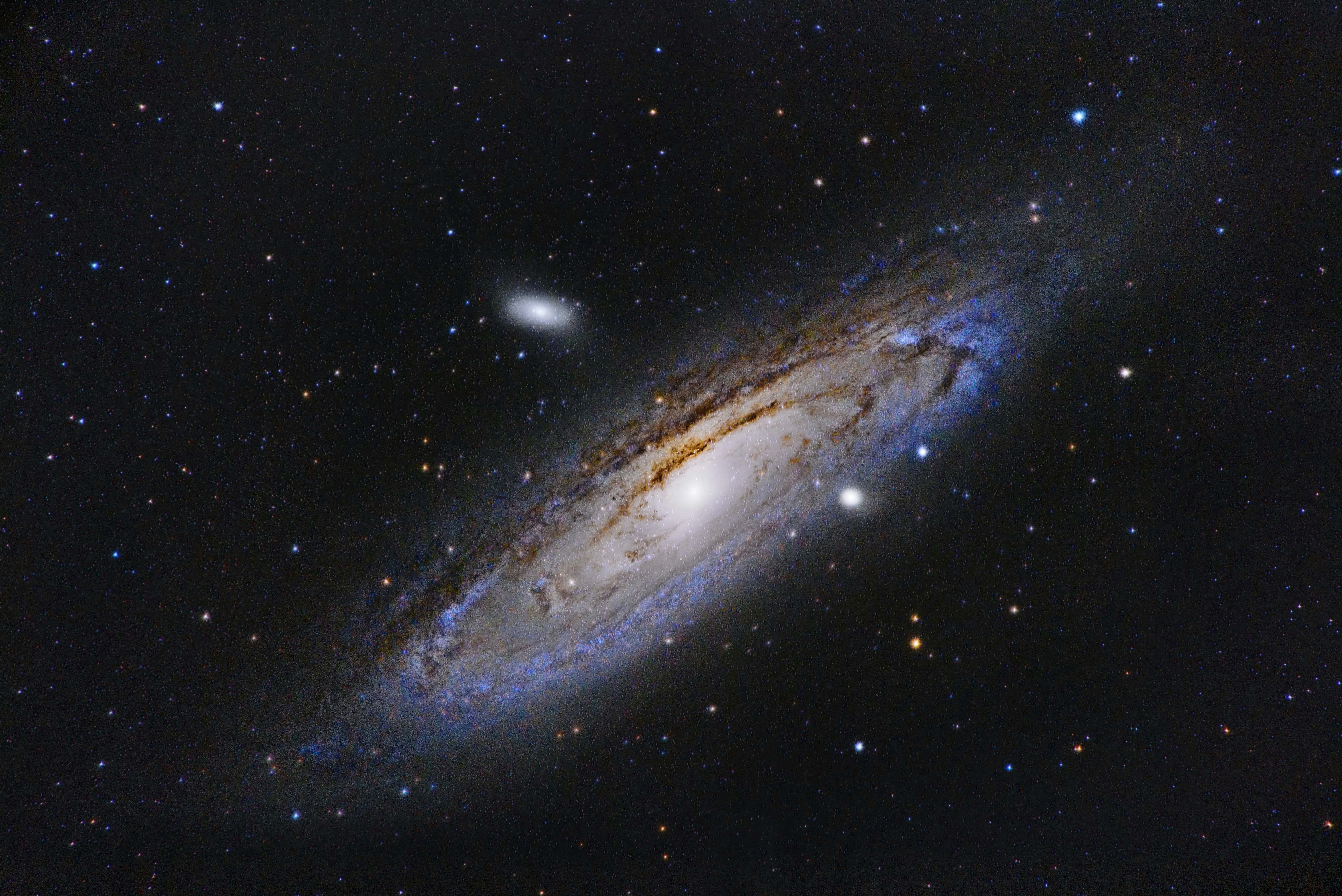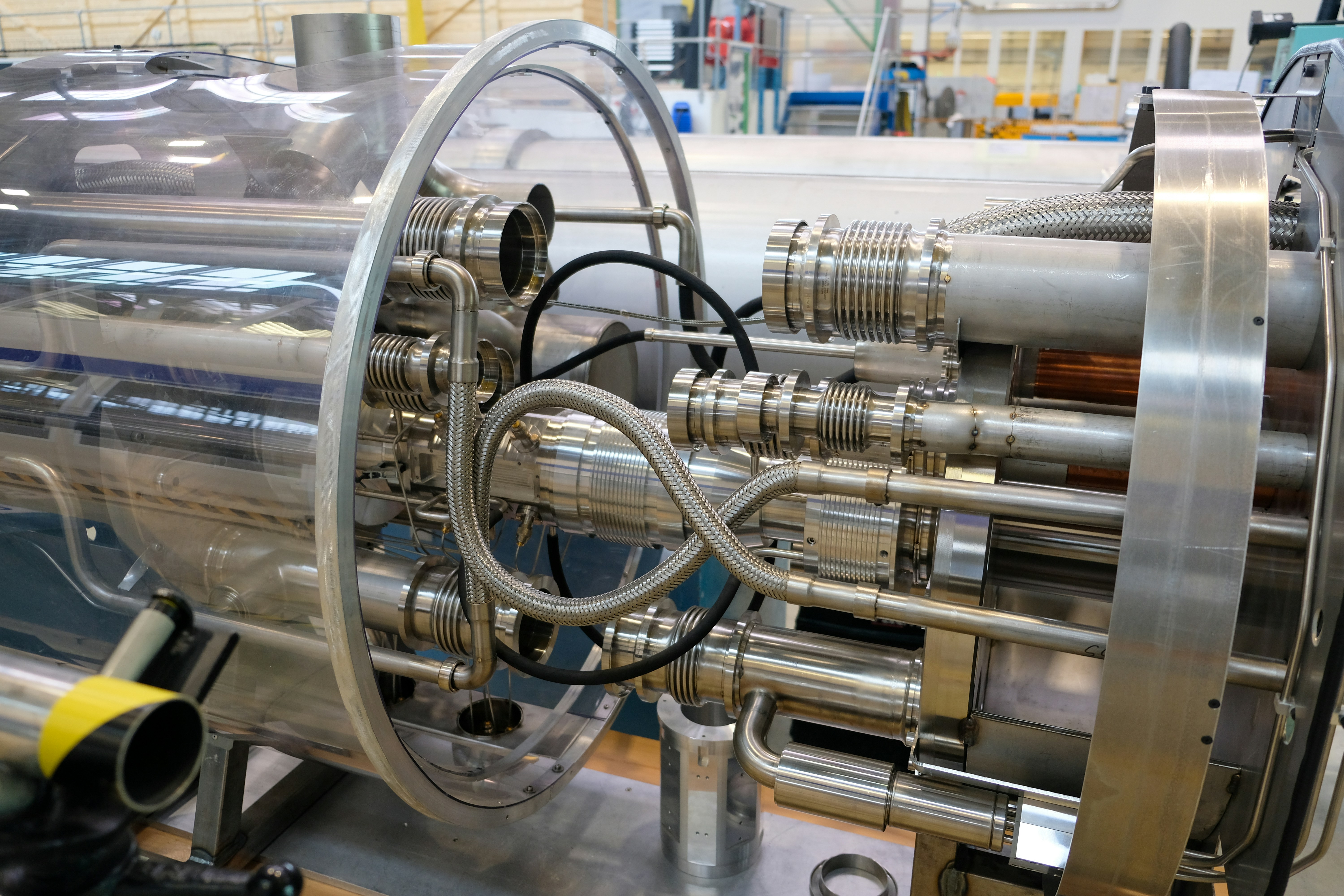In November, Dr Gergely Endrődi, professor at Eötvös Loránd University and a leading expert on early-universe physics, presented at the Alumni Hungary Webinar series. After returning to Hungary with support from the Research Grant Hungary programme, he continues to explore how high-performance simulations reveal the universe’s first moments — and why this knowledge still matters today.
What first inspired you to study how the universe began?
Physics and mathematics have always been a passion for me. As a student at ELTE, there were various possible research directions that one could follow but to me, particle physics seemed like the most exciting and at the same time, the most complicated subject. This was were I met my former supervisor and where I had the chance to become a member of a world-leading research group doing research on lattice field theory. I was fascinated that numerical simulations based on only a few fundamental principles can reveal to us something as complicated as the history of the Universe.
What’s the most exciting discovery or moment you’ve had while researching the early universe?
Within our community, my research group is known among others for our studies on how magnetic fields affect the elementary particles in the early Universe, and this research has lead to many impactful results that I am very proud of. Behind these results lies not just a spark of an idea but a lot of persistent work, so I don’t think that I can single out one moment from my career. Doing research is always very exciting for me. What I enjoy the most in my work is to sit down with my group and brainstorm about the exciting questions that we are currently confronted with, and to teach and inspire students.
In simple terms, what can computer simulations tell us about the Big Bang?
The equations that govern how the elementary particles of nature behave are very complicated. To solve them, we need parallelized simulation algorithms that run on high-performance supercomputers. From the simulations we can find out precisely how the Universe looked like in the very distant past – less than one second after the Big Bang. For example, we can explain the properties of the plasma that filled the Universe at that time – how it cooled down and expanded. The cosmological imprints of this expansion may be detected experimentally in today’s observational facilities in the form of gravitational waves.

Why do you think understanding the birth of the universe matters for people today?
Studying the elementary particles and the early Universe is fundamental research. It does not have immediate practical applications, but it does have the potential to lead to new technologies and to help humanity in the long run. There are many examples in history, where fundamental discoveries in theoretical physics turned out to have a great impact on our everyday life. General relativity, for example, describes concepts as complicated as how space-time curves near a black hole, but nowadays we employ it every day in our smartphones when we use GPS location access. Another example is the internet itself, which developed from the world-wide-web created at CERN to organize sharing data between particle physicists from all around the globe.

After spending 14 years in Germany, you returned to Hungary in 2024 to take up a professorship at your alma mater, Eötvös Loránd University, with the support of the Research Grant Hungary program. What is it like coming back home and continuing your research here?
It is a great honour that my research is supported both by the European Research Council (ERC Consolidator Grant) and the National Research, Development and Innovation Office (Research Grant Hungary). Moving from one research institute to another is never straightforward, especially when one moves from one country to another, but thanks to these prestigious grants, the transition for me and my research group has been very smooth. The Institute for Physics and Astronomy is an excellent scientific environment for us, with many oustanding colleagues, ambitious and talented students and a great intellectual atmosphere. For me, it feels like home.
Want to watch the full webinar?
Become a member of the Alumni Network Hungary to access Dr Gergely Endrődi’s inspiring session — along with previous and upcoming webinars led by topnotch experts from Hungary. Join our welcoming global community and stay connected with alumni, researchers, and professionals shaping the future.
Photo credits:
- Dr. Gergely Endrődi: Universitat Bielefeld, Sarah Jonek
- Arnaud Mariat: https://unsplash.com/photos/starry-night-sky-over-starry-night-45Z6hW1dQMI
- Brandon Style: https://unsplash.com/photos/a-machine-that-has-a-lot-of-pipes-inside-of-it-LjViI6K6H8g